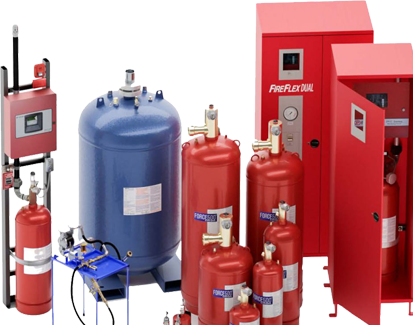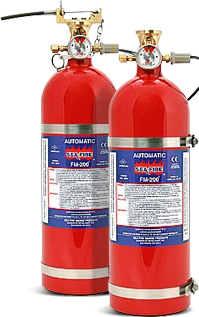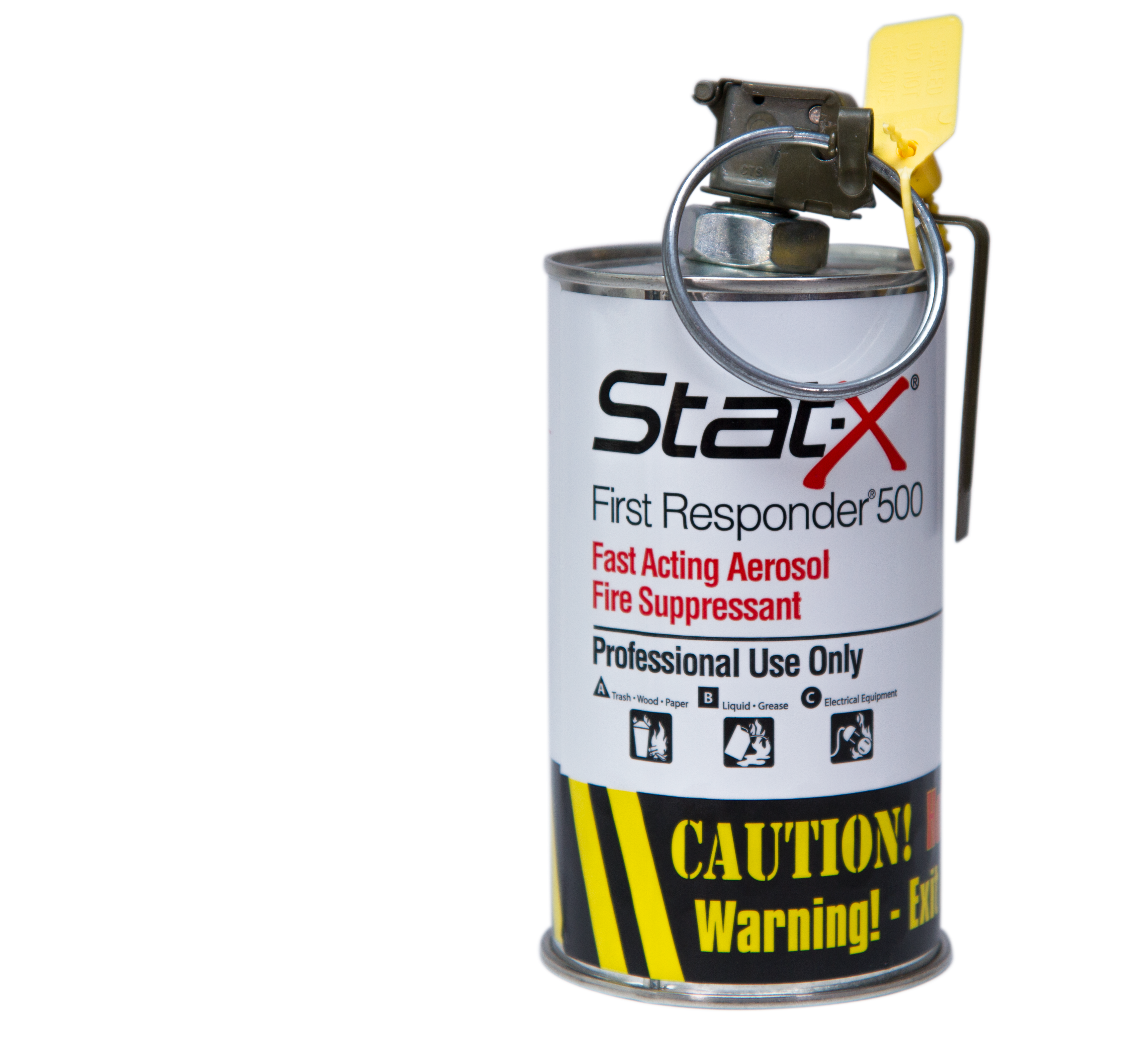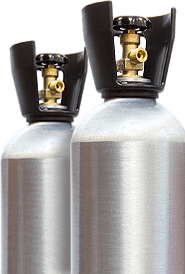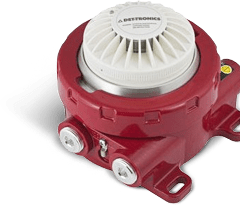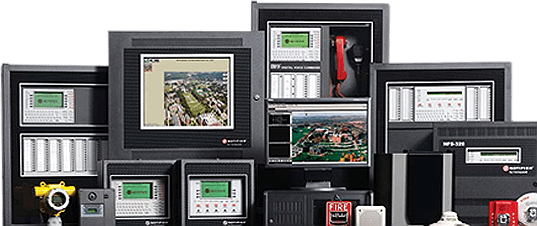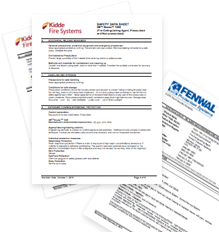How to Plan a Fire Protection Strategy for Complex Facilities

Developing a fire protection strategy can be a daunting task under the best of circumstances. Add to the mix a large complex facility with different hazards and environmental conditions, and the problem can compound rapidly. A thorough understanding of regulatory requirements, standards, and fire safety planning are the basis for any planning process, especially in complex facilities.
Understanding Unique Challenges
Complex facilities offer up a variety of challenges to the fire protection planner. Multiple buildings housing different hazards and needs increase the complexity. Critical infrastructure and sensitive equipment must be protected in specialized ways. Administrative facilities pose much higher life safety challenges. Bringing these factors into a comprehensive fire protection strategy is challenging for anyone.
Explore further
Conducting a Risk Assessment
Understanding the risks in a complex facility is the first step in developing a fire protection strategy. Identifying possible fire sources and calculating estimated fuel loads is required. A comprehensive assessment of building layouts and the possible avenues of fire spread must be conducted. The existence of fire suppression systems and procedures must also be considered.
Developing a Fire Protection Plan
You must have a grasp of the requirements of regulatory agencies and how engineering and processes that can affect fire protection and suppression. This requires someone with training and experience in these areas. To fully grasp the enormity of the task, consider just a few of the things a comprehensive fire protection strategy must include.
- Fire Detection and suppression for the facility is imperative. A variety of solutions are dictated by the type of materials to be protected, the construction of the facility, and the environmental factors that may come into play.
- An integra part of any strategy must include fire prevention. Evacuation plans, inspection, maintenance and training must all be included in the plan.
- The strategy for fire protection assumes the possibility of a fire occurring. To properly prepare for this situation, the strategy must include personnel protection planning, training, and execution.
- In a comprehensive fire protection strategy, the complexity of meeting regulatory and statutory requirements can be a major problem. Ensuring that these standards and regulations are met requires a thorough understanding of all the relevant codes and regulations.
Under most circumstances, the development of a comprehensive fire protection strategy is beyond the scope of most plant managers or safety officers.
Selecting Appropriate Fire Protection Systems
One consideration is choosing the appropriate fire suppression system for a given exposure. Fire suppression systems typically fall into four types.
- Water based systems such as sprinklers or foam systems.
- Chemical based suppression systems such as dry chemical or carbon dioxide.
- Clean agents such as FM-200 of FK-5-1-12.
- Some specialized situations may require a hybrid system utilizing different technologies.
There are several factors that affect the decision on which type of suppression system meets your requirements.
- Choosing the right suppression system type must balance the needs of life safety with property protection.
- The design of the facility and the occupancy of the structure will often dictate the level and type of fire suppression system to be installed.
- Life safety and environmental hazards must also be considered. Life safety covers not only the occupants of the structure, but also the safety of first responders to the scene.
Emergency Preparedness and Response
While the response to the fire is important, it cannot take precedence over the need to protect occupants. Any comprehensive fire protection plan must also include robust plans for:
- Well designed evacuation protocols and routes that are well communicated and made publicly available.
- Known and practiced emergency communication protocols and equipment are an integral part of the plan.
- Training in first aid, the establishment of gathering centers and triage stations to allow for accountability of personnel.
- The cooperation and involvement of all emergency personnel is important. Making them part of your planning process can give you insight to make your plan operable and successful when it is needed most.
Ongoing Maintenance and Inspections
Designing a fire protection strategy for a large and complex environment often leads to large and complex solutions. As any system grows, the complexity of the system demands a greater level of vigilance of the system. Inspection, maintenance, and testing of these complex systems is not to be undertaken lightly. Failures in inspecting and maintaining these complex systems and plans can lead to regulatory problems and increased costs. Losses to your operation because a system under-performed or failed to perform can lead to more than just extra costs.
People also search
Conclusion
In most cases, such a plan and strategy should only be performed by experts with knowledge and expertise in the field. Part of the strategy may include contracting inspection and maintenance services.
If you need help with developing a fire protection strategy for your large complex operation, a call to Control Fire Systems can put you in touch with experts with the training and knowledge to meet your needs. Call today for an initial meeting to discuss your needs.





